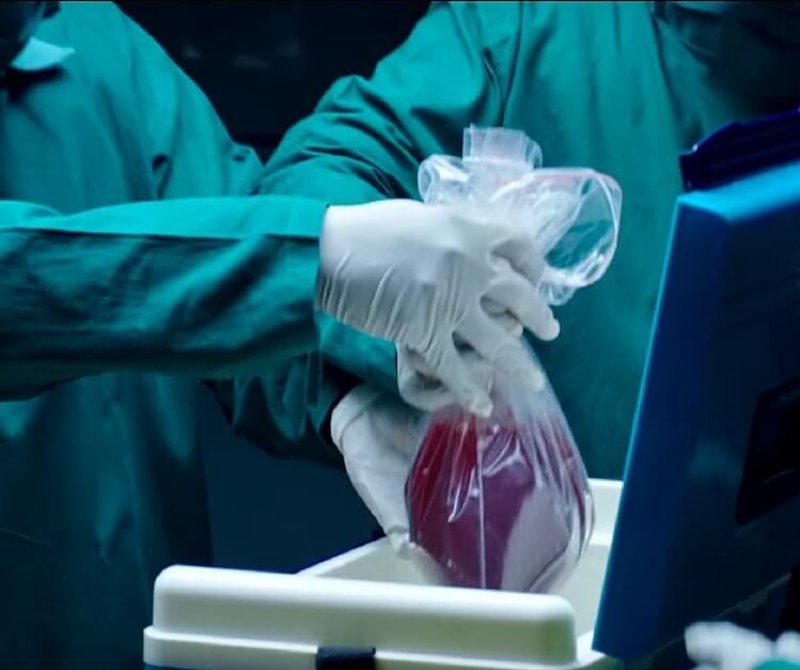Long-term preservation of donor organs and tissue for on-demand transplants and medical procedures sounds futuristic…But, hey, the Arctic wood frog thaws and reanimates each year after being frozen for 240 days, so why can’t the same be done for human hearts, lungs and livers?
…
Cryopreservation involves technologies to cool organs and tissues to low temperatures while preventing damage from ice, particularly ice crystals, with attendant procedures to restore them safely to natural temperatures prior to transplantation.
[A recent] report calls for a modern-day Apollo moonshot project to advance “organ banking” — the ability to stockpile organs and tissue for longer periods of time, weeks and eventually much longer, rather than just days.]…
[Mike Taylor, a CMU adjunct professor of mechanical engineering], said at least 45 species survive bitterly low temperatures including the Arctic wood frog.“That’s why we think translating the natural mechanisms of survival can affect organ preservation,” Mr. Taylor said. “We can manipulate organs with… cocktails from species of nature and extend storage from one or two days to one or two weeks, which would be a game changer in transplants….”
[Read the full study here]
The GLP aggregated and excerpted this blog/article to reflect the diversity of news, opinion, and analysis. Read full, original post: Can donor organs be frozen to save lives later?































